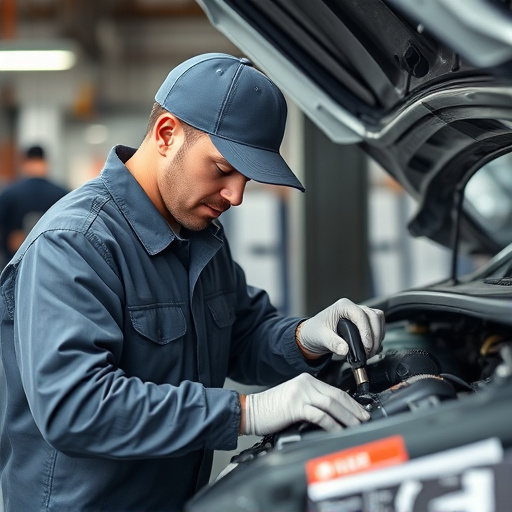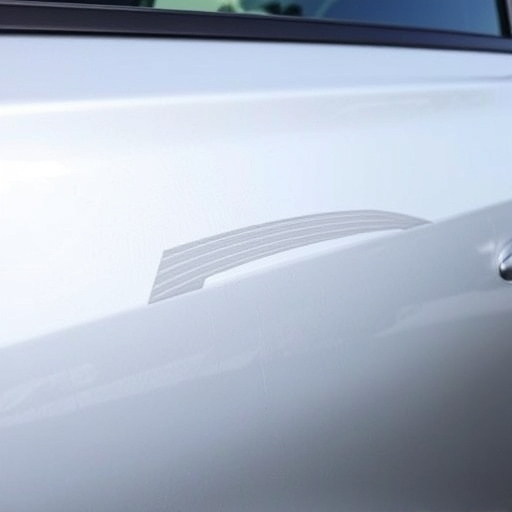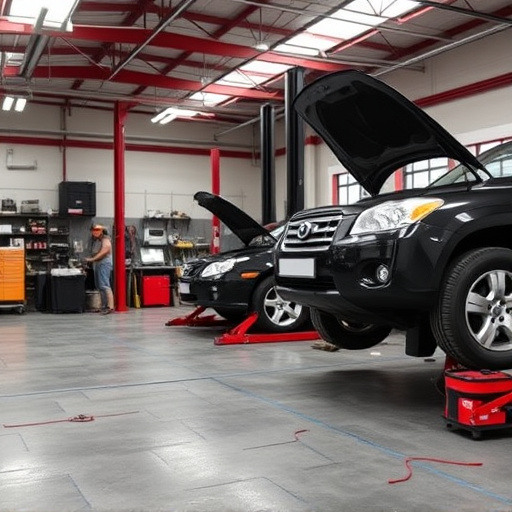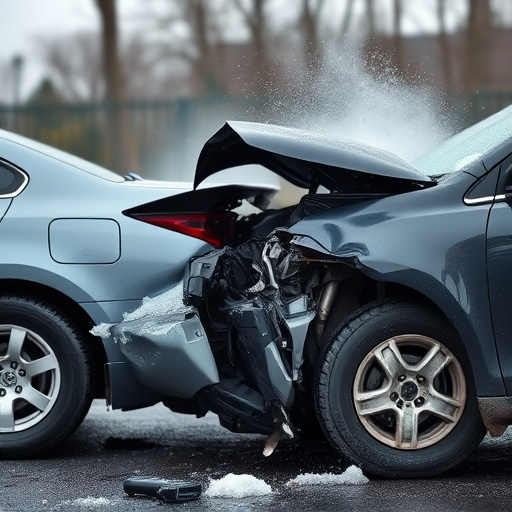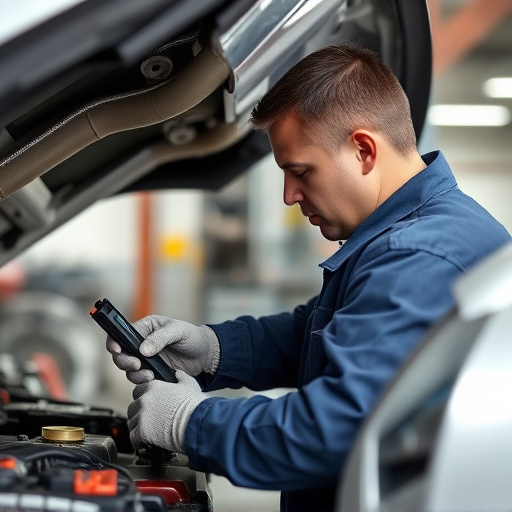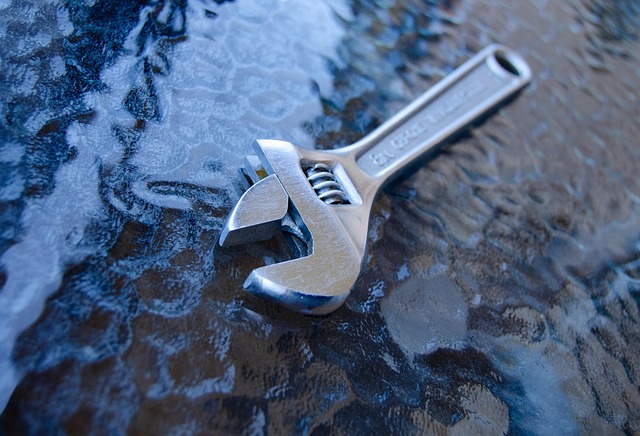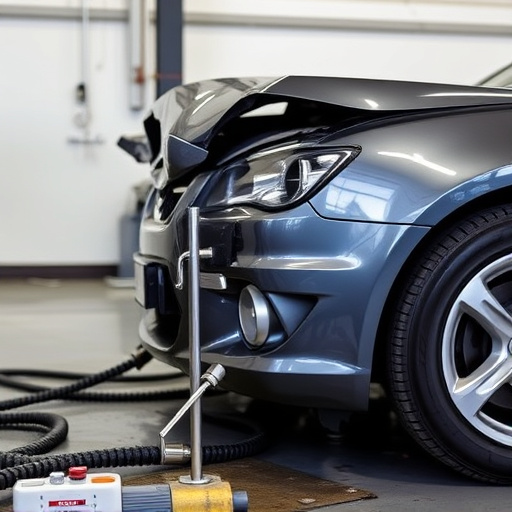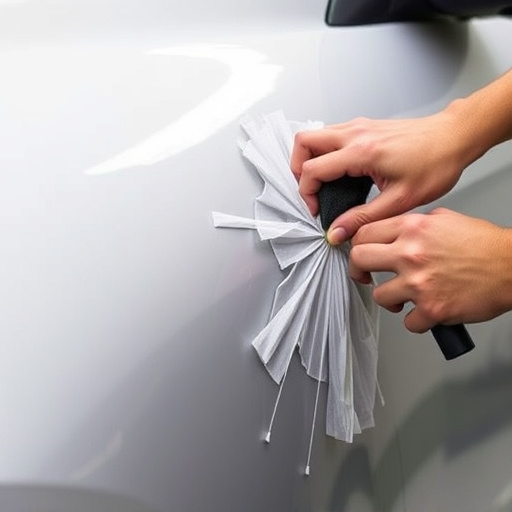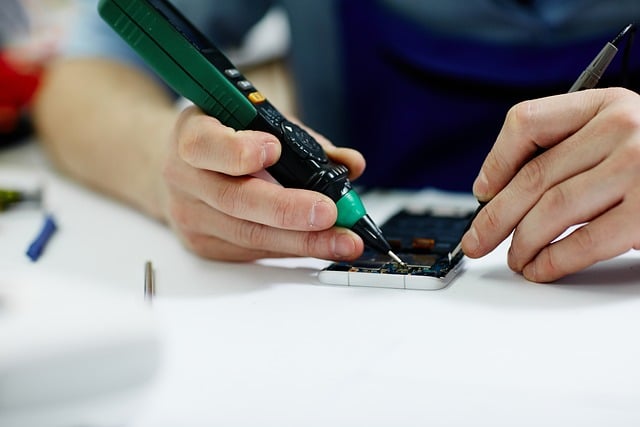Paintless Dent Repair (PDR) revolutionizes auto body repairs with a non-invasive method that eliminates dents and dings without traditional sanding or repainting. This technique offers significant PDR advantages such as faster repair times, preservation of the original factory finish, and reduced labor hours compared to auto frame repair. By adopting PDR, technicians cater to growing market demand for quick, efficient, and cost-effective solutions, positioning themselves as experts in their field. Its versatility is especially beneficial for luxury car brands, promoting environmental sustainability by minimizing waste. To maximize PDR advantages, technicians should stay updated on tools and techniques, prioritize precision and quality, and communicate effectively with clients to ensure high satisfaction levels.
In today’s competitive market, understanding PDR (Paintless Dent Repair) advantages is crucial for technicians aiming to enhance their skills and efficiency. This article delves into the fundamentals of PDR and highlights its significant benefits for technical proficiency. We explore key advantages, from improved productivity to cost savings, that make PDR an indispensable tool. Additionally, we provide best practices for technicians to maximize these benefits, ensuring they stay ahead in their field. Discover how PDR advantages can revolutionize your approach to dent repair.
- What is PDR and Why is it Beneficial for Technicians?
- Key Advantages of PDR for Technical Proficiency and Efficiency
- Best Practices for Technicians to Maximize PDR Benefits
What is PDR and Why is it Beneficial for Technicians?
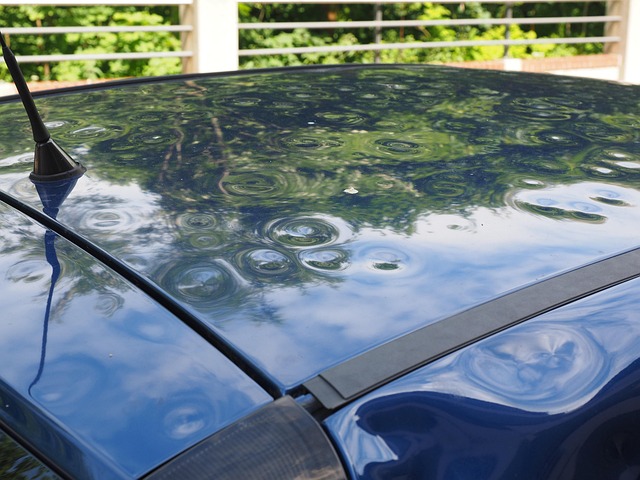
PDR, or Paintless Dent Repair, is a cutting-edge technique revolutionizing the auto body industry. It’s a non-invasive method that allows technicians to remove dents and dings from vehicles’ exterior surfaces without sanding or repainting. This advanced process has become increasingly popular due to its numerous advantages for both businesses and technicians. By employing PDR techniques, such as using specialized tools to gently push out the dented area, technicians can restore a vehicle’s appearance while minimizing time and costs associated with traditional auto body repairs like fender repair or vehicle dent repair.
The benefits of PDR are significant for technicians seeking to enhance their skills and services. It streamlines the repair process, reducing labor hours spent on meticulous auto frame repair. Moreover, it preserves the original factory finish, ensuring a more consistent and aesthetically pleasing outcome. With PDR, technicians can cater to a growing demand for quick, efficient, and cost-effective solutions, positioning themselves as experts in their field while offering competitive services in the market.
Key Advantages of PDR for Technical Proficiency and Efficiency
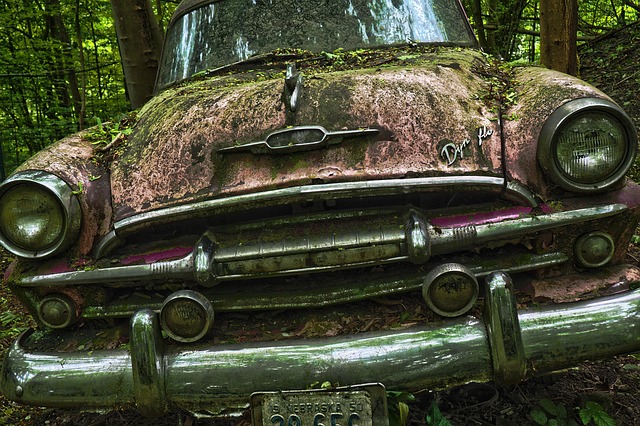
The Process of PDR (Paintless Dent Repair) offers a myriad of advantages that significantly enhance technical proficiency and efficiency for automotive technicians. Unlike traditional auto painting methods, PDR is a specialized technique designed to remove dents and dings from vehicle bodies without sanding or repainting. This non-invasive approach not only saves time but also minimizes the risk of paint imperfections or mismatches, ensuring an impeccable finish. Technicians equipped with PDR skills can handle a wide array of car damage repair, from minor door dings to more extensive panel dents, all while maintaining the original gloss and value of the vehicle.
One of the key PDR advantages lies in its versatility. It is particularly beneficial for luxury car brands like Mercedes-Benz repairs, where precision and attention to detail are paramount. By preserving the factory finish, PDR technicians can restore vehicles to their pre-damage condition, making it an ideal solution for maintaining high-end automotive aesthetics. Moreover, PDR advantages extend beyond technical proficiency; it also promotes environmental sustainability by reducing waste generated from traditional painting processes, contributing to a greener auto industry.
Best Practices for Technicians to Maximize PDR Benefits

To maximize the benefits of PDR (Paintless Damage Repair), technicians should adopt best practices that ensure precision and quality. This includes staying updated with the latest tools and techniques, as technology in this field is constantly evolving. Regular training sessions and certifications can help technicians stay at the forefront of PDR advancements, enabling them to offer superior services.
Additionally, effective communication with clients is key. Technicians should clearly explain the PDR process, its advantages over traditional collision repair, and set realistic expectations. By fostering trust and transparency, technicians not only enhance customer satisfaction but also encourage repeat business. This approach aligns with the goal of maximizing PDR advantages, ultimately contributing to the success of both the technician and their automotive repair shop.
Professional Detailing Reconstruction (PDR) offers technicians a powerful set of tools to enhance their skills and work efficiency. By understanding and leveraging PDR’s key advantages, including its ability to restore damaged surfaces without extensive repainting, technicians can provide high-quality, time-saving solutions. Adhering to best practices and staying updated with PDR techniques ensures that technicians maximize the benefits for both themselves and their clients, making it an indispensable skill in today’s automotive industry.
